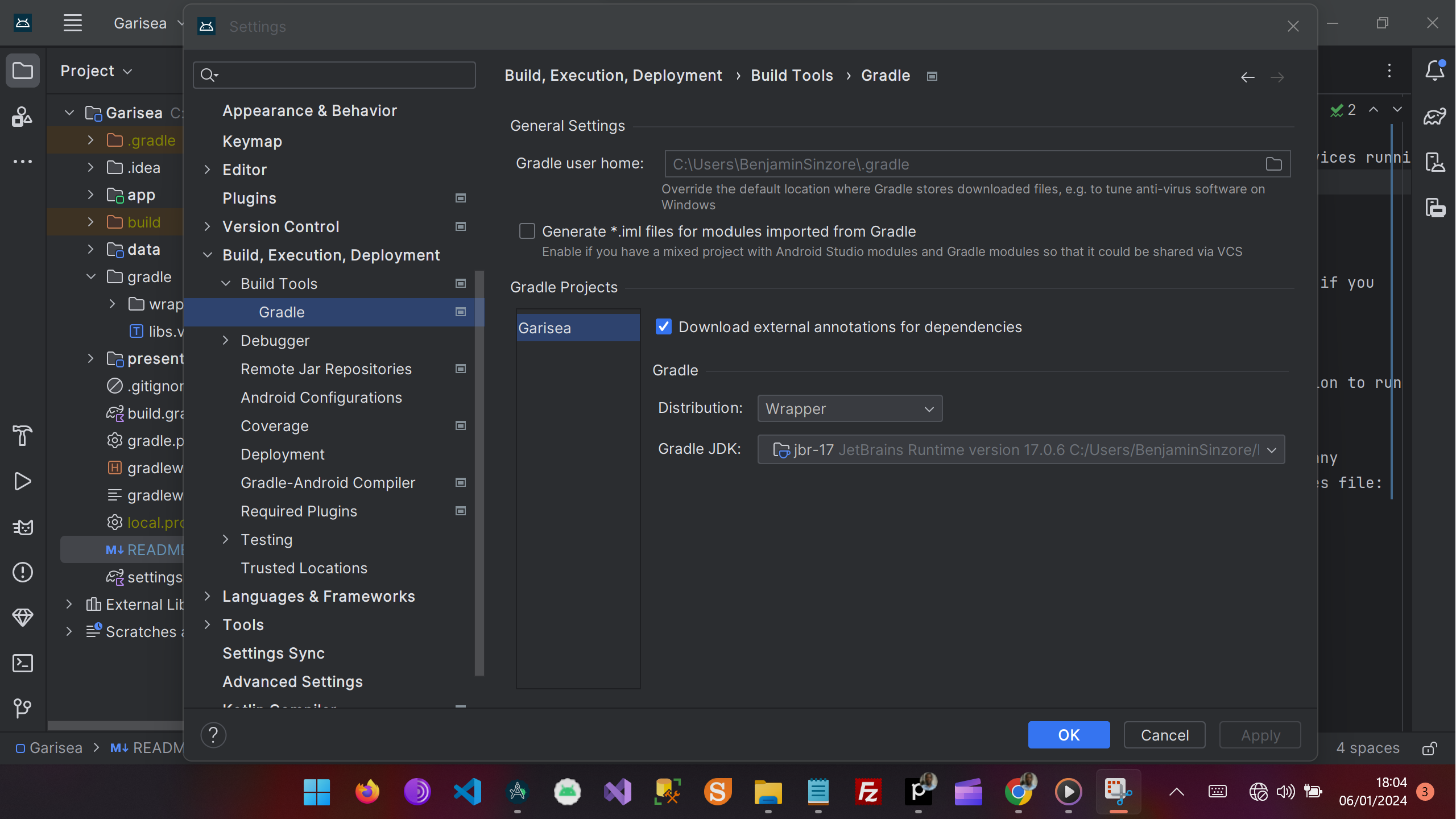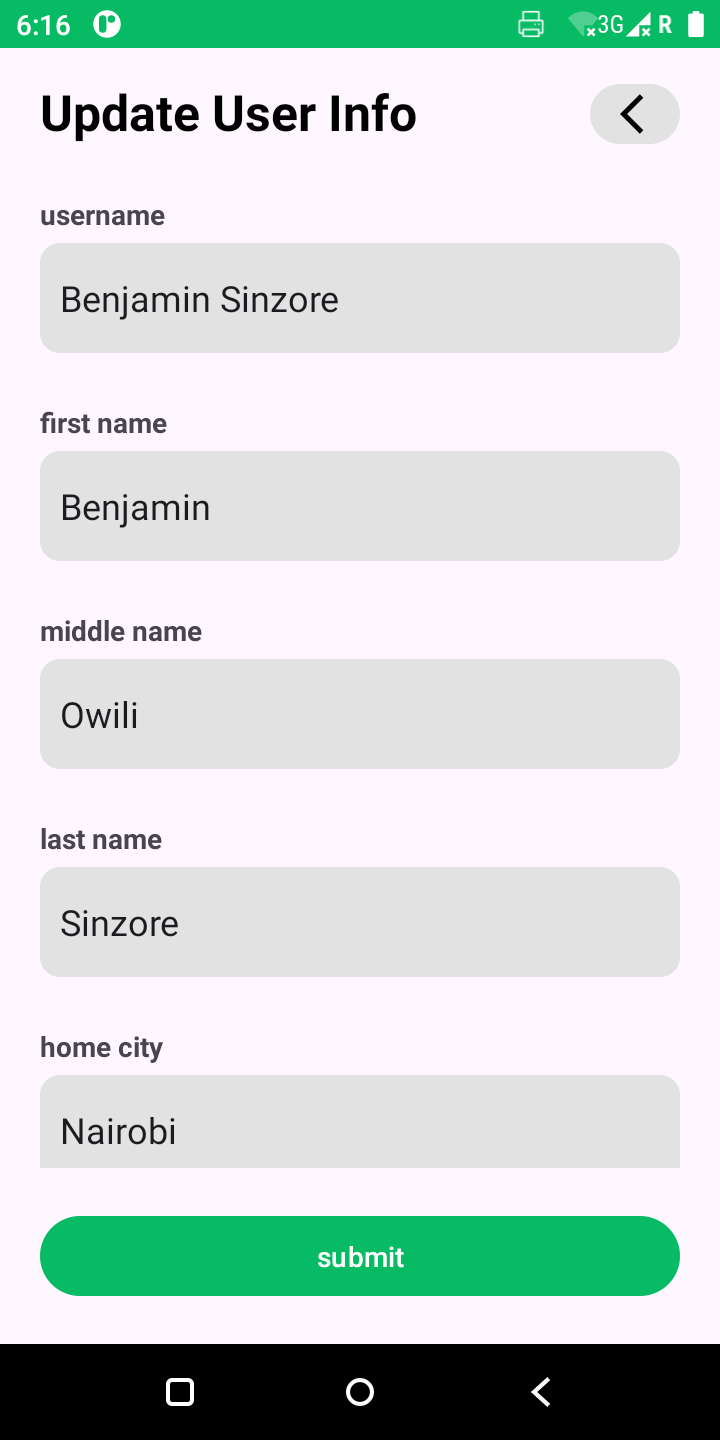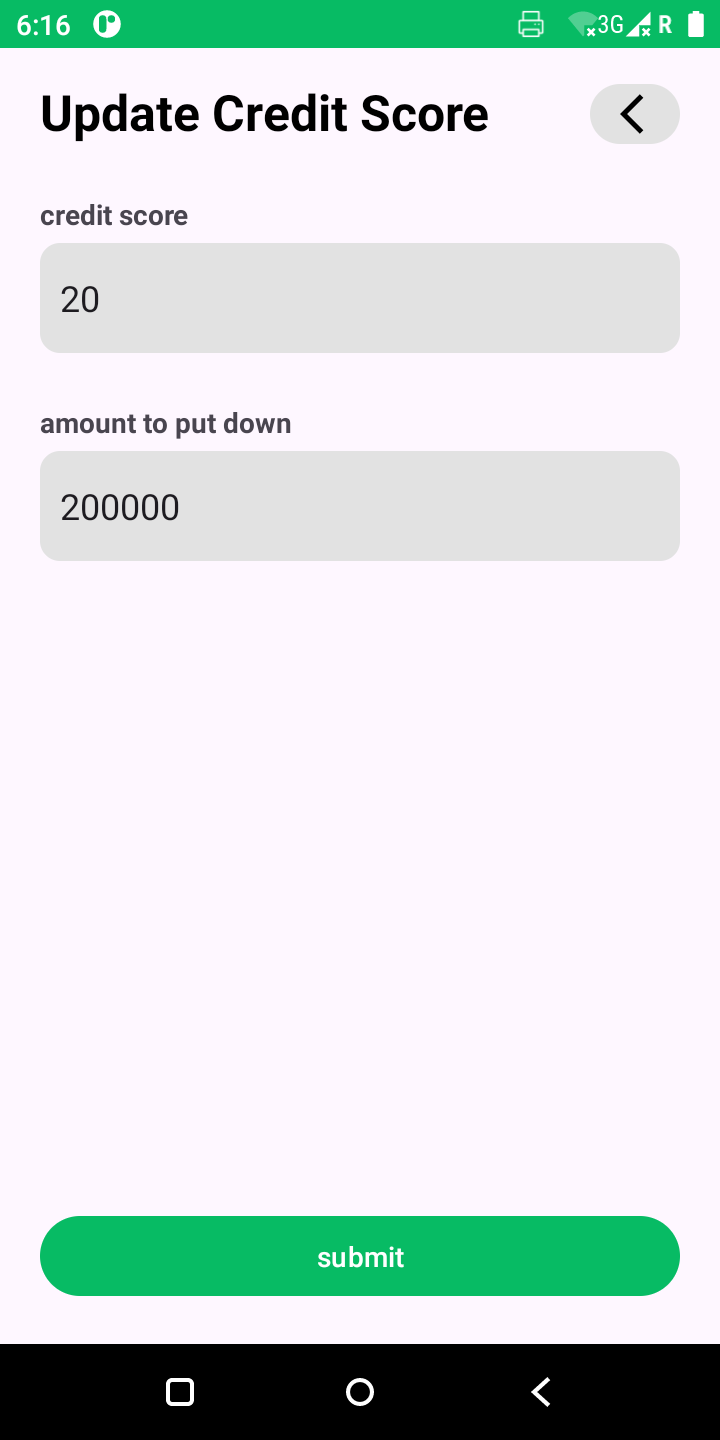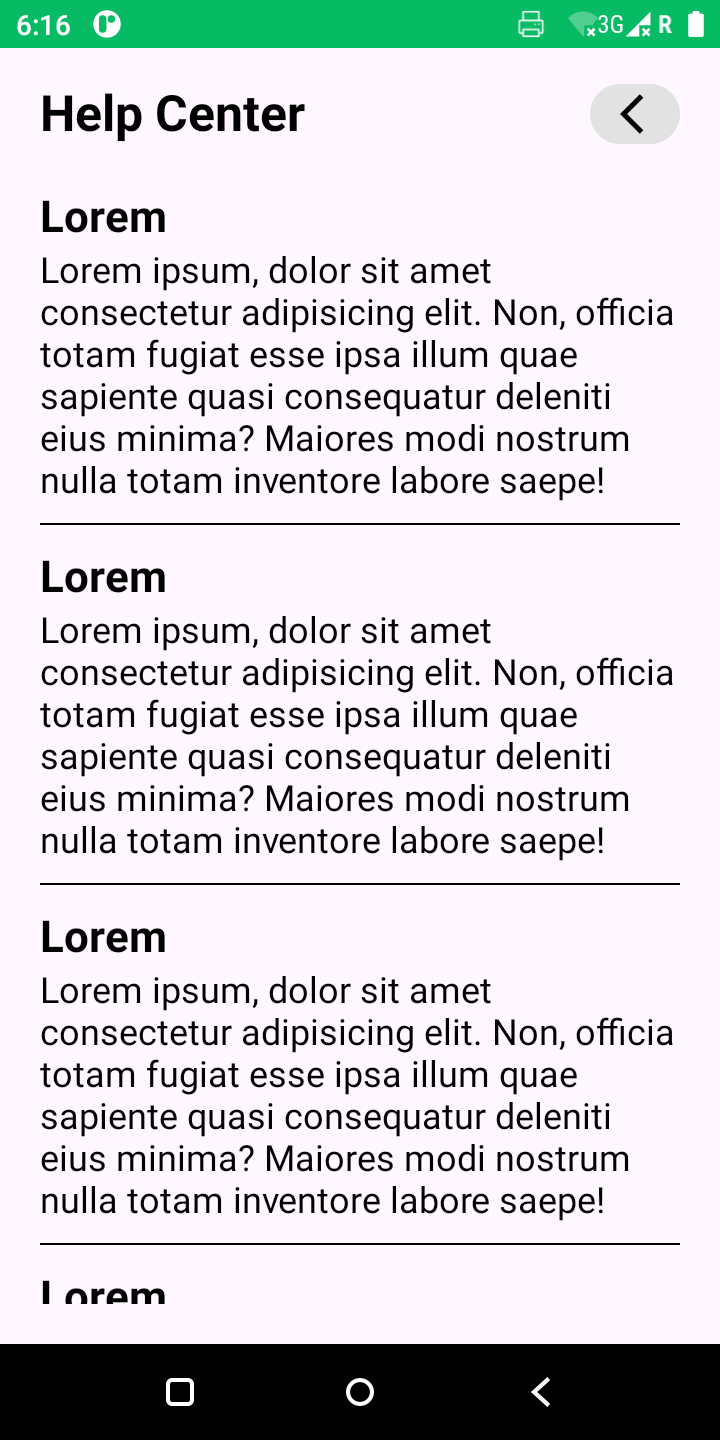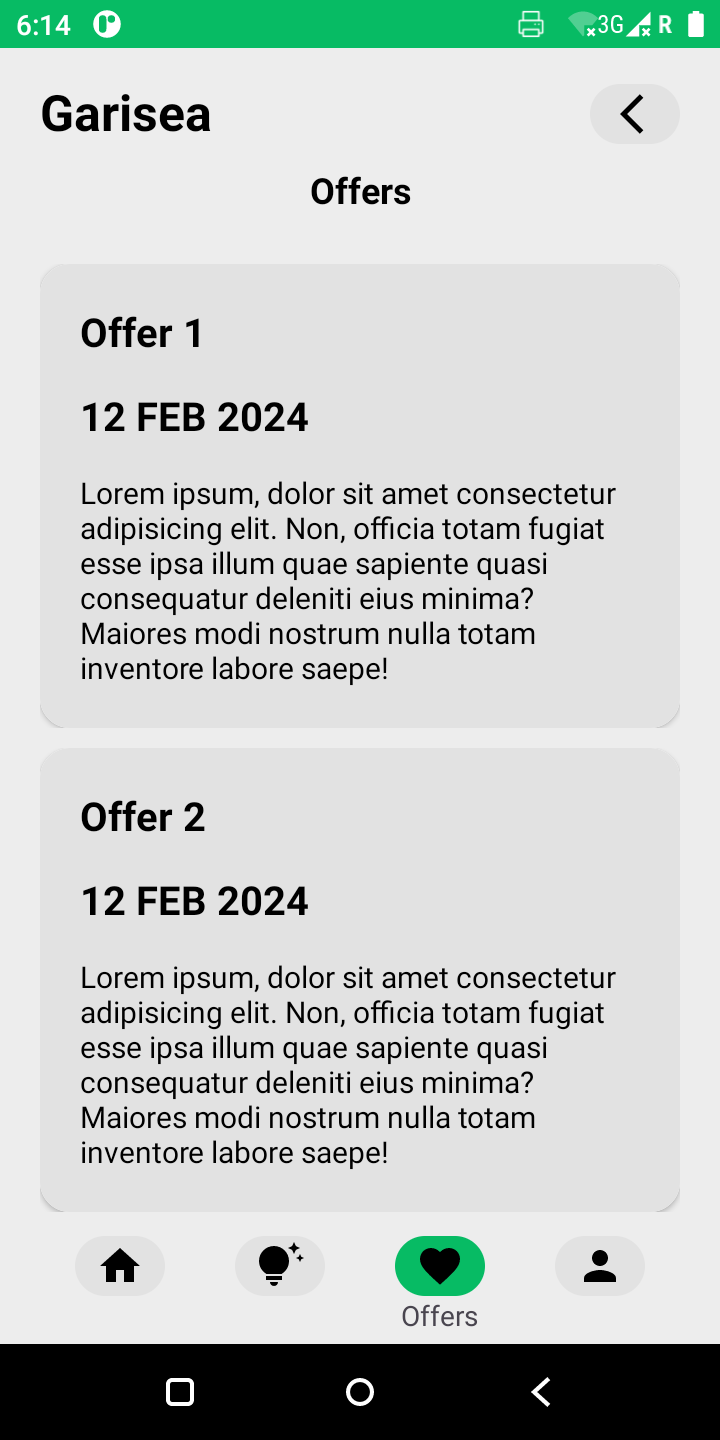This project is to fulfill the Technical interview process at Garisea. The app supports devices running Android 5.0+, and is optimized for phones.
To ensure the project runs on your local environment ensure you have Java 17 on your PC or if you don't have you can install it from here.
If you have multiple installations of Java make sure to set Java 17 as your preferred version to run the project.
With the new Android Gradle Plugin version 8.0.0 and above, you need Java 17 to run the project and any terminal commands. A workaround for this is to add this in your global gradle.properties file:
org.gradle.java.home=/Applications/Android Studio.app/Contents/jbr/Contents/HomeThis simply sets the Gradle Java home to the one set in Android Studio. Android Studio Flamingo comes bundled with Java 17. You only need to ensure the project uses Java 17. To do so, go to File -> Project Structure -> SDK Location -> Gradle Settings and set the Java Version to 17 from the list that appears.
- JGlide - For loading images
- Gson - For reading json files
The proposed architecture is as follows;
This layer will include;
- Json Files
- Adapters
- Models
- View
The project uses Versions Catalog to set up and share dependencies across the modules. The main reasons for choosing to adopt Versions Catalog are:
- Central place to define dependencies.
- Easy syntax.
- Does not compromise on build speeds as changes do not need the module to be compiled.
To add a dependency, navigate to gradle/libs.versions.toml* file, which has all the dependencies for the whole project. This file has the following sections:
[versions] is used to declare the version numbers that will be referenced later by plugins and
libraries.
[libraries] Define the libraries that will be later accessed in our Gradle files.
[bundles] Are used to define a set of dependencies. For this, we have compose, room, lifecycle
and ktor as examples.
[plugins] Used to define plugins.
You need to add your dependency version in [versions]. After defining the version, add your library in the [libraries] section as:
androidx-splashscreen = { module = "androidx.core:core-splashscreen", version.ref = "splash" }Note:
- You can use separators such as -, _v, . that will be normalized by Gradle to . in the Catalog and allow you to create subsections.
- Define variables using CamelCase.\
- Check if the library can be added to any existing bundles.
Change the view from Android to Project view, the Garisea - Main directory
Splash Screen
Dashboard
Update User Info
Update User Score
Help Center
Tips
Offers
View User Info
